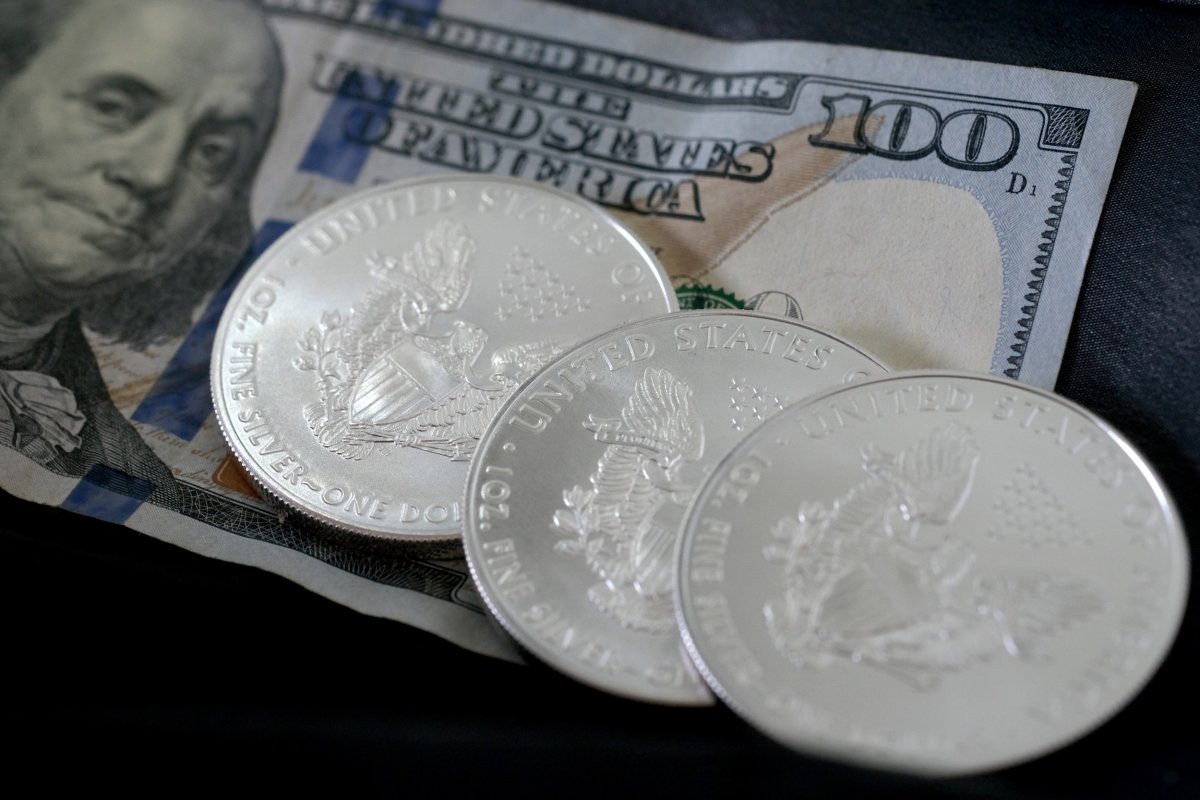The Green Rush is on. Plummeting prices of renewable energy technologies have triggered a tsunami of fresh investment at a speed and scale that surprises even industry insiders. The recent passage of two infrastructure bills with huge incentives for investments for solar and wind power will only accelerate this trend. And yet this may be too little, too late. The five-alarm message of the latest report from the Intergovernmental Panel on Climate Change is that we need an energy revolution as sweeping as the two-century shift from horsepower to petro-power, in an eighth of the time.
Waiting for salvation from the feds or more Paris-like climate agreements is not the answer. State and local governments must step in and lead this transition themselves. And they can deploy a proven tool as American as 1940s apple pie: Baby Bonds. During the World War II the Roosevelt administration ran short of money to finance the war effort and turned to ordinary citizens to buy "war bonds" in denominations from $25 to $1,000, small enough to be affordable to every American adult. In all, half the U.S. population, 85 million Americans, bought Series E bonds, generating $185 billion in 1945 dollars.
In today's money, that's a whopping $3.4 trillion, about the cost of the whole giant reconciliation infrastructure package. Imagine ordinary citizens financing that with small bonds. Yet that's what happened some 80 years ago.
There's also more recent precedent. During the last financial crisis, in 2009-10, the Obama administration encouraged states, counties and cities to issue bonds like these to support local infrastructure projects. The high returns on these bonds—more than 7 percent—were boosted by a 35 percent direct subsidy to the issuers by the federal government. Ultimately, about $180 billion of these Build America Bonds were sold. Cities and states accessed much-needed capital for urgent, job-creating projects, and saved $20 billion in borrowing costs—much more than the cost of the program to the federal government. The denominations of these bonds were not small, however, so the buyers were not average Americans but well-heeled pension funds.
But last April, the Connecticut Green Bank issued $25 million in Green Liberty Bonds to meet climate change and green infrastructure challenges. These green micro-bonds were offered in denominations of $1,000, first to moderate-income individual investors in Connecticut, then to moderate-income individuals across the country. The issuance sold out in a few days.
"We were very pleased by the response to our 2020 issuance of Green Liberty Bonds. In the midst of a global pandemic with so much uncertainty, the support of this new sub-category of green bonds that helps confront climate change was overwhelming," said Bryan Garcia, Connecticut Green Bank president and CEO.

Connecticut deliberately made its bonds affordable and tapped a huge well of pent-up demand from ordinary Americans eager to invest in their communities. It attracted everyday citizens from red states and blue states who invested in clean energy in Connecticut, helping families reduce energy costs, growing jobs in their communities and cutting greenhouse gas emissions.
America now has thousands of companies offering renewable energy technologies, but they urgently need fresh capital to integrate them with community needs. The stock market loves the glitzy appeal of cutting-edge technology companies like Amazon and Google but responds slowly—or not at all—to the rudimentary needs of rebuilding our municipal utilities, increasing the efficiency of our homes and workplaces and deploying more community-scale solar arrays.
That's where bond finance comes in. Bonds enable government entities closest to home to borrow money from grassroots investors inexpensively, and quickly deploy it to pressing projects.
Green bonds that finance renewable energy projects are booming worldwide, with the U.S. share reaching $1 trillion in 2020. But they are largely bought by large financial institutions and underwrite utility-scale solar and wind installations which require expensive transmission lines. Meanwhile, tens of thousands of microgrid projects that can protect communities from paralyzing power disruptions, like cyberattacks or the cold snap that put much of the Texas grid out of commission last winter, aren't getting financed.
Enter local finance: a revolution in progress. Since investment crowdfunding was legalized in 2016, Americans have put more than a billion dollars in small denominations into thousands of small companies. Two dozen communities have created local investment funds to facilitate investment in local food businesses, affordable housing and BIPOC entrepreneurship. The evidence is clear: Americans are eager to invest in their backyard, if they can just find simple tools for doing so. That's the beauty of green bonds.
The local finance revolution dovetails with the green revolution. Our climate goals can be accomplished in hundreds of thousands of jigsaw pieces, financed by millions of American investors. Americans currently have over $70 trillion in stocks, bonds, pension funds, mutual funds and insurance funds. Many are eager to find more tangible and less risky uses for their money. A new generation of locally issued Baby Bonds like these could help solve the climate crisis—and much more—with a multi-trillion-dollar shift from Wall Street to Main Street.
Michael H. Shuman is an economist, attorney, entrepreneur, adjunct professor at Bard Business School and author of Put Your Money Where Your Life Is: How to Invest Locally Using Self-Directed IRAs and Solo 401(k)s.
Mark Sommer is an award-winning syndicated print and broadcast media journalist.
The views expressed in this article are the writers' own.
Uncommon Knowledge
Newsweek is committed to challenging conventional wisdom and finding connections in the search for common ground.
Newsweek is committed to challenging conventional wisdom and finding connections in the search for common ground.
About the writer
To read how Newsweek uses AI as a newsroom tool, Click here.








